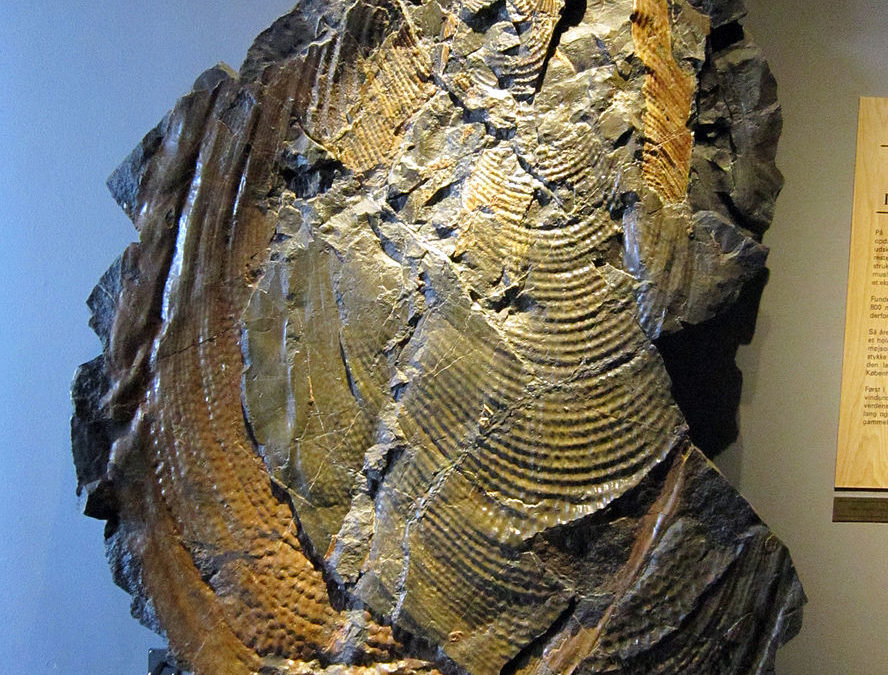Abstract
On Earth, this type of symbiosis is known as commensalism. Our team’s findings demonstrate the complicated analyses on how the Clam structure could survive on Mars. We discovered the Clam structure and Organism on Mars compare favorably with Earth species with similar structures. The team noticed that Geology on Mars often mimics biological processes, just like here on Earth. Carefully, we identified this new Clam structure and Organism in SOL 66.
With this intention, we present our findings of a Clam structure and Organism on Mars. The Clam structure and Organism was discovered by the Mars Curiosity Rover in SOL 66. Under these circumstances the Mars rover has been adequately collecting samples and data on Mars since August 6, 2012. As a result, this Clam structure and Organism was located in SOL 66.
Martian microbes
“Curious chains of magnetic crystals have turned up in a meteorite from Mars. Why didn’t the single-file crystals collapse long ago into a magnetized clump? Scientists say ancient Martian microbes may have kept them in line” (NASA Ames press release).
Generally speaking, the case for ancient life on Mars looks better than ever. NASA scientists announced last week that they had discovered magnetic crystals inside a Martian meteorite. As shown by NASA these are produced only by microscopic life forms on Earth. “Through Lithopanspermia the Clam structure and Organism on Mars could be the first class and phylum of clams ever to be seeded on Earth” (NASA, Dr. Douglas A. O’Handley).
Although, this may be true the Mars Life team agrees it’s possible the Clam structure and Organism may survive on Mars. Given these points through “panspermia”, it may have been a part of the Platyceramus group. Further, we also suggest that it could earn its own branch on the evolutionary tree right between clams and Platyceramus. Given that, the Martian South Pole has been fortuitously tilted towards Earth. Martian springtime thaw over billions of years, Earth’s biology has benefited.
How do we know this?
Nearby, the Clam structure and Organism was located in the Mars Gale Crater. Which is located “near the northwestern part of the Aeolis quadrangle at 5.4°S 137.8°E” (Wikipedia)”. The Mars Life HD team located this primitive life form alive in the feeding grounds. This may be the first life form ever on Mars that features a symbiotic relationship that would stymie even Charles Darwin. This filter feeder Clam structure and Organism has two shells of equal size connected by two adductor mussels. This example of its symbiotic relationship with it’s organism. May help this Clam structure filter out carbon dioxide in the air on the planet Mars.

